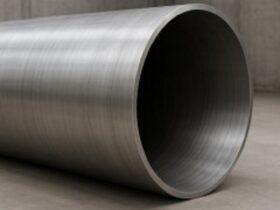Chemistry and construction are spheres that are closely connected and intertwined with each other for many years. After all, modern construction is difficult to imagine without the use of chemicals. Therefore, the basic direction in the development of the construction industry became precisely construction chemistry.
What materials does it include, and what are their characteristics, will be considered in this article.
List of materials used
The product line of construction chemistry Penosil, Remontix, Olive and other manufacturers is represented by the following commodity positions:
waterproofing raw materials, which are based on cement or polymers;
waterproof tape of increased elasticity;
sealants for laying seams, cracks, cracks;
products designed to enhance structures made of concrete material and reinforced concrete;
Compounds used in the process of hardening of brick treaches, insufficiently reliable bases;
the materials necessary during the repair process (arrangement, screed of floors, priming, putty);
adhesive compounds and foundations;
varnishes and paints;
decorative plaster;
additives to improve the consumer properties of materials.
Characteristics
The key task of building chemistry is to increase the level of strength of materials, as well as their resistance to wear and other influence. Along with this, chemicals endow the materials with additional characteristics. The following properties can be considered as examples:
an increase in water -repellent characteristics (for this, all kinds of waterproof tapes, varnishes/paints, seals, polymer types of raw materials are used);
improvement of sound, thermal and waterproofing (for this purpose, sealants that cover the seams and other spaces are used);
Improving the appearance of coatings (the complex in question includes compositions that can give a shade, brilliance, and also emphasize the current texture of materials).
Modern products instantly dissolve and dry, and if all kinds of additives are added to them, they gain additional properties and can be used, for example, in cold or hot weather. Progressive manufacturers who strive to keep up with the times use exclusively natural materials in production, although artificial components are sometimes added to them to improve certain properties and characteristics.








Leave a Reply
View Comments